|
Most people want a quiet, peaceful home—one without a lot of outside noise and one where sound within one room doesn’t transfer to another room. Controlling noise involves reducing the movement of sound waves from one place to another. The best way to minimize noise within a room is to combine a number of different sound-blocking and sound-reduction methods. This week I have 10 quick tips that you can use to help soundproof different areas of your house. Before that, let's talk about the difference between soundproofing materials and sound absorbing materials. To keep sound from traveling outside of a room, use soundproofing materials. Soundproofing products keep sound contained in a space and make it difficult for that sound to move to other parts of the house. Soundproofing materials also stop unwanted sound from entering a room. Use soundproofing solutions to keep your baby’s nursery quiet, to keep the noise in your theater room or home gym contained, and to keep what happens in the powder room private. Use sound absorption products to improve the quality of sound within a room. Sound absorption materials absorb the extra sound waves that bounce around a room causing distracting background noises, like echoes. If you’re planning a larger great room, especially one with tall ceilings, you might want to use sound absorption materials to decrease your chances of echoing. That brings us to our first tip. 1. To minimize sound bouncing around a room, include plenty of “soft” materials and furnishings within the room, such as padded carpeting or rugs, drapes, upholstered furniture, and throw pillows. Sound waves bounce off of hard surfaces, like hardwood, tile and glass, but soft surfaces absorb sound. 2. Put up specialized sound-blocking curtains to minimize outdoor noises and absorb some interior room sounds. Almost any curtains can help to decrease to transfer of sound, but specialized sound blocking curtains are even more effective. 3. Invest in solid core doors. Doorways are one of the largest openings in most walls. And one of the most effective ways to keep noise from moving from one room to the next is to install solid doors. Most interior doors are hollow core doors. And they’re not very good at blocking sound. For more effective soundproofing, choose doors with a particleboard-core or composite-core, or choose solid-wood doors. These solid core doors will provide a greater sound barrier than hollow-core doors. Of course, solid-core doors are more expensive, so if budget is an issue, you could splurge on solid core doors for those rooms that your want to be especially quiet, like your baby’s room or a powder room. 4. Choose insulated garage doors, especially if you have a room adjacent to or above your garage. Foam insulation, plus an additional covering on the inside of the garage door will help to keep outside noises outside, which will in turn keep those rooms near your garage quieter. 5. Invest in double glazed or triple glazed windows. They are not only more energy efficient, but they significantly reduce outside noise. To learn more about double and triple glazed windows, take a listen to episode 42 called Windows 102. 6. Put acoustic batt or blanket insulation between wall studs and joists. Major insulation manufacturers have 3 1/2-inch-thick fiberglass, or rock wool batts especially made for soundproofing. Acoustic batts are 14 1/2 inches or 22 1/2 inches wide so they fit nicely between wall studs. 7. Request a second layer of half inch drywall to one side, or both sides of that insulated wall. This gives the wall more mass, making it less prone to transfer sound. 8. Invest in soundproof drywall. An alternative to using a second layer of regular drywall is using soundproof drywall. It’s expensive at about $40 per sheet (as compared to about $10 per sheet for standard drywall), but one sheet of soundproof drywall supposedly blocks as much sound as 8 sheets of standard drywall. To save money, use standard drywall throughout most of your house, and reserve soundproof drywall for areas that you really need to be quiet, like a home office or master bedroom. 9. Instead of attaching drywall to wall studs and ceiling joists like usual, mount drywall on a system made of resilient sound clips and special resilient channels that run along the wall and ceiling framing. Those channels greatly decrease the transfer of sound. 10. Request materials with higher STC or Sound Transmission Class Levels. In general, products with a higher Sound Transmission Class number will block sound more effectively. Please remember that the purpose of this podcast is simply to educate and inform. It is not a substitute for professional advice. The information that you hear is based the only on the opinions, research and experiences of my guests and myself. That information might be incomplete, it’s subject to change and it may not apply to your project. In addition, building codes and requirements vary from region to region, so always consult a professional about specific recommendations for your home. Well, those are my soundproofing tips. I hope you learned as much as I did. Come back next week for another episode of Build Your House Yourself University--BYHYU.
2 Comments
Roy
6/11/2017 08:53:36 am
Great podcast episode and something I've been wondering for a while about the differences of managing sound
Reply
Michelle@BYHYU
6/11/2017 06:20:39 pm
Thanks Roy. I'm glad you found the episode helpful.
Reply
Your comment will be posted after it is approved.
Leave a Reply. |
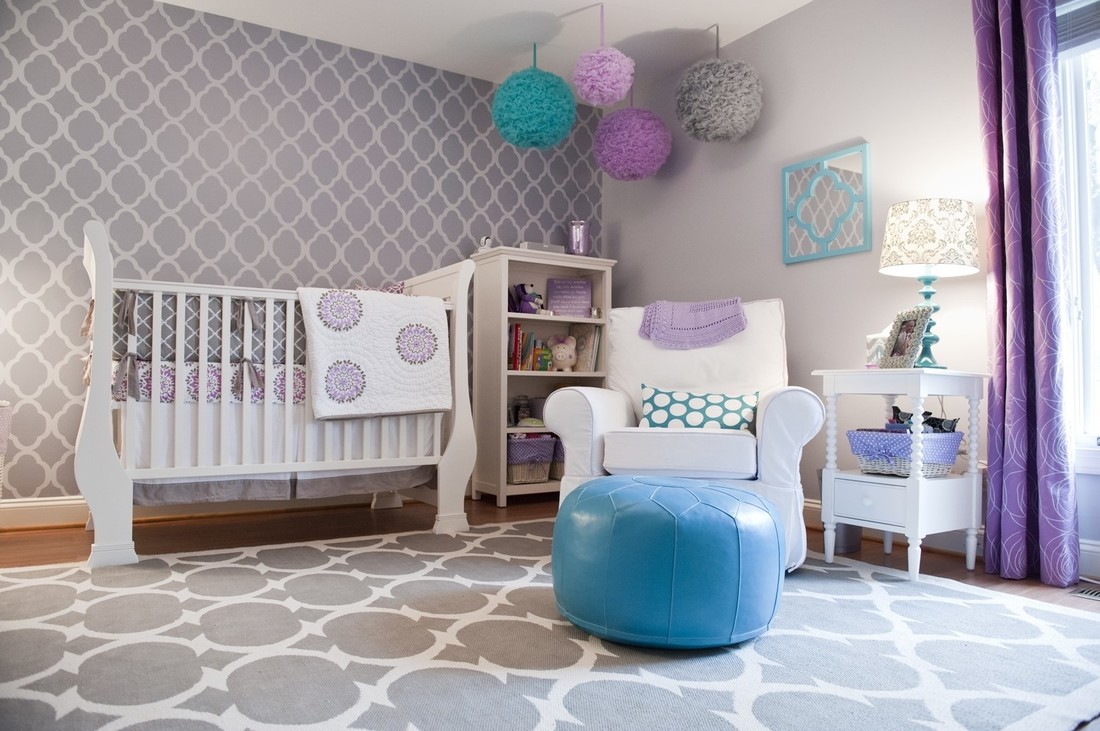
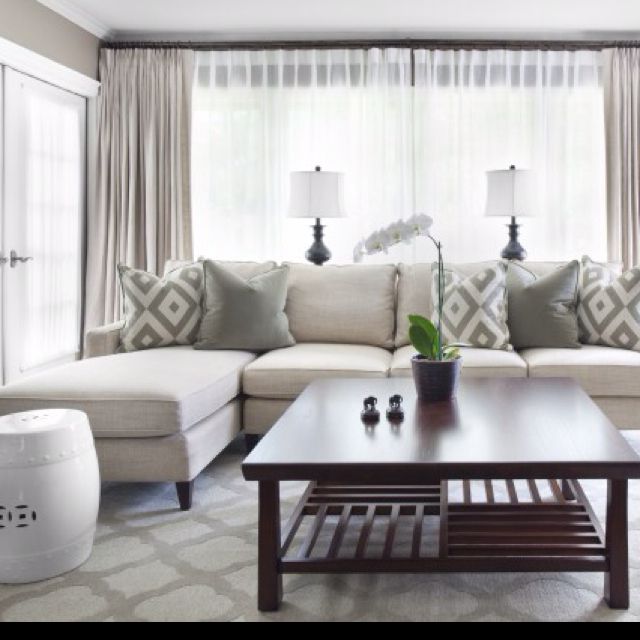
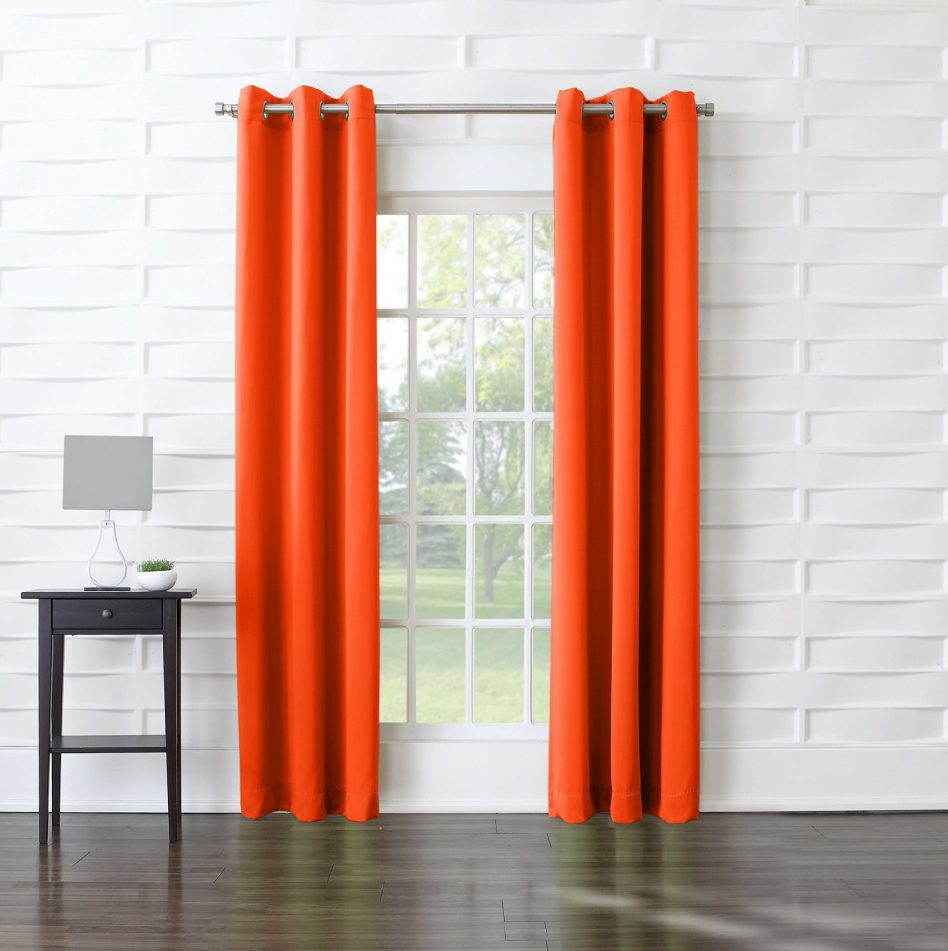
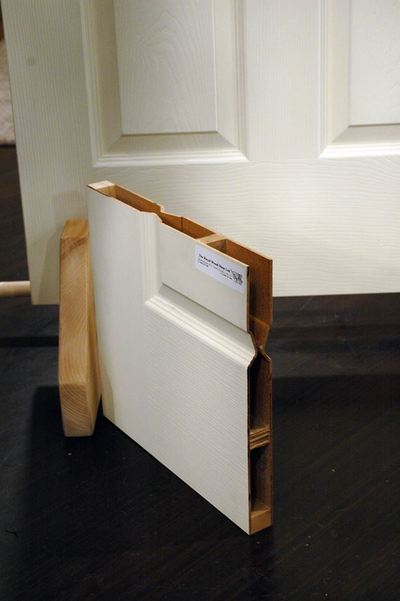
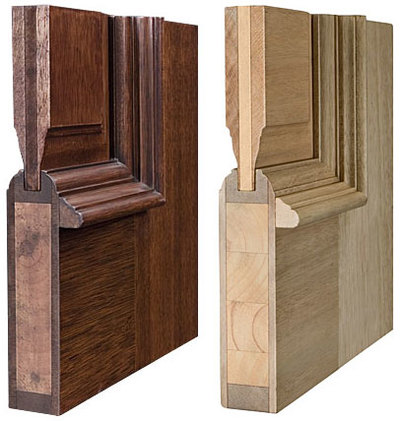
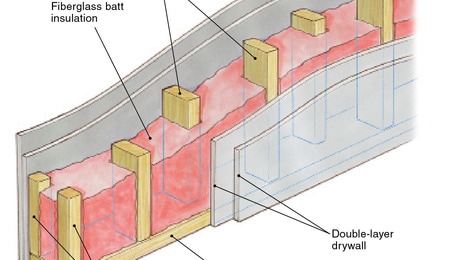
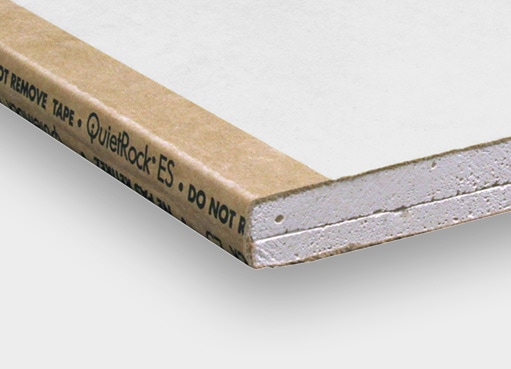
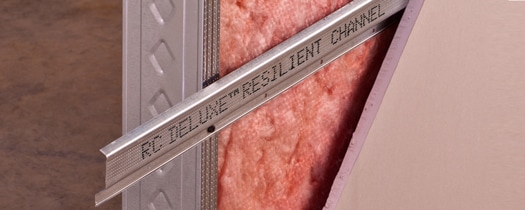
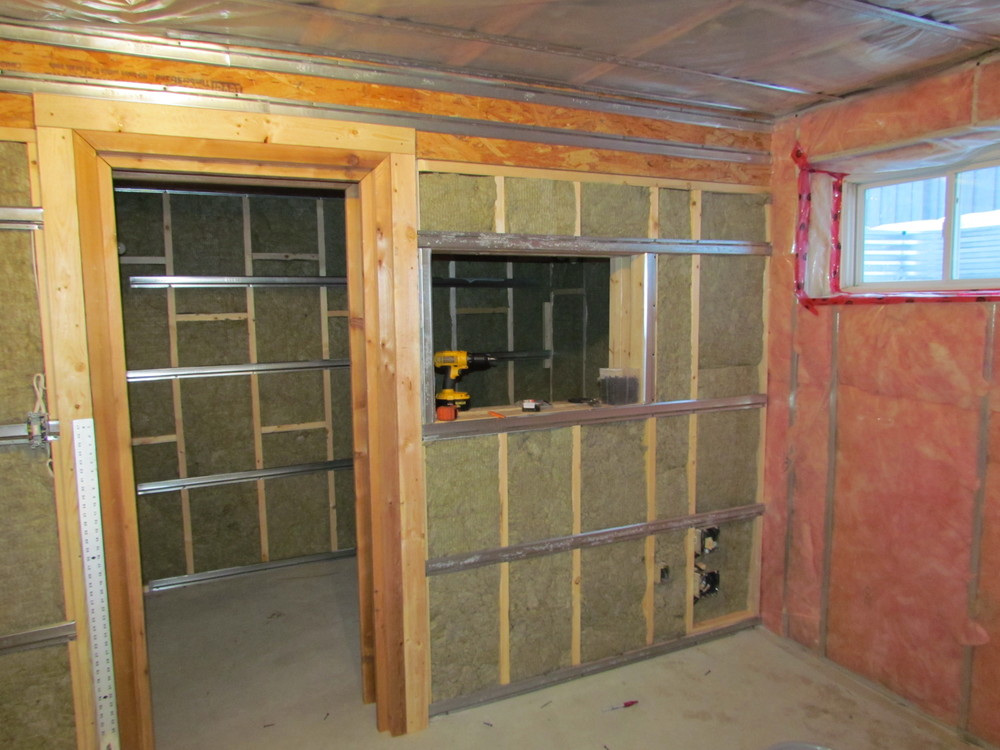
 RSS Feed
RSS Feed